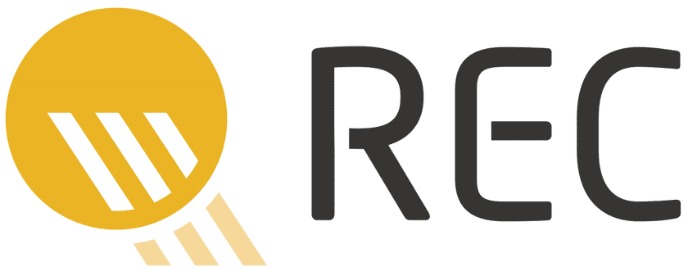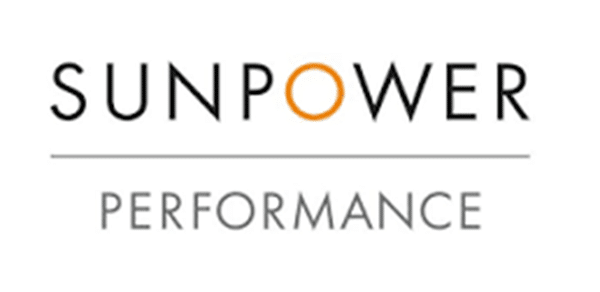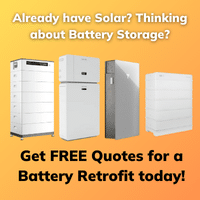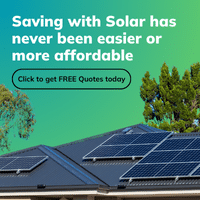The cost of solar panels in Australia has greatly reduced in recent years. Solar panels are also known as photovoltaic (PV) panels or PV modules. These days, panels are priced anywhere from under a hundred dollars to over five hundred dollars each. The cost of PV panels depends on various factors explained here.
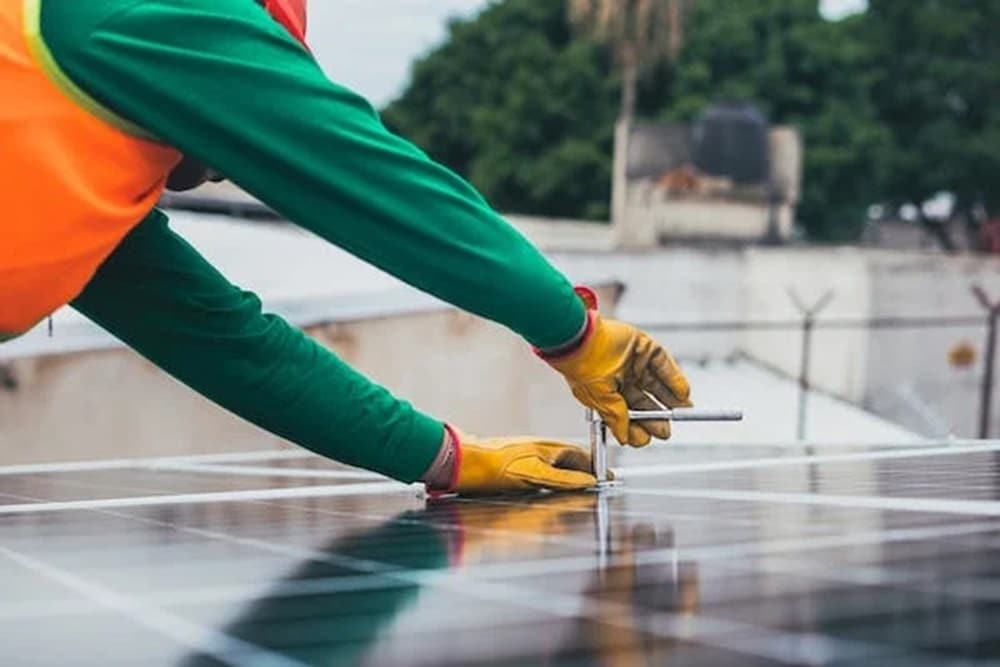
It’s very important when selecting the best size of solar panels to use for your solar power system installation to bear in mind a few crucial factors. Factors aside from the price tag. Your purchase decision is one you’ll be living with for a very long time and you need to get the best return on your investment.
Don’t base a buying decision on panel cost alone. Following are a few tips for choosing the best modules for your installation situation.
Explore solar panels in Australia
For a more comprehensive understanding tailored to your specific needs, Energy Matters provides an opportunity to obtain FREE solar quotes, offering valuable insights that extend beyond the monetary aspect, ensuring a decision for a sustainable and efficient solar solution.
Embrace the energy efficiency revolution by upgrading your solar systems and adding battery or solar inverters with Energy Matters.
Check our page for our recommended solar products.
With our 3 free solar quotes, you can compare plans from pre-qualified and vetted installers in your area and find the perfect solution for your home and business. Harness the sun’s power and save money on electricity bills while reducing environmental impact. Let Energy Matters guide you towards a brighter, more sustainable future.
Solar panel efficiency: Finding the perfect fit for your Aussie home
Solar panel efficiency is essential when choosing solar panels for an Australian home. While most modern panels boast 19% and 23% conversion rates, aiming for higher efficiency can significantly impact your system’s output. Panels exceeding 21% convert more sunlight into electricity, meaning you need fewer panels to achieve your desired energy generation. This translates to space savings on your roof, potentially lower upfront costs, and a faster return on investment.
Choosing the best solar panels: With a solid warranty
When investing in solar panels for your Australian home, prioritising quality and warranty goes hand-in-hand, making a thorough solar panel comparison essential. While sun-soaked savings are enticing, reliable panels and robust warranties ensure your investment thrives.
Look for reputable manufacturers with strong product warranties, typically 10 to 25 years, covering defects in materials and workmanship. Equally important is the performance warranty, guaranteeing your panels maintain at least 80% of their initial power output for 25 years.
Don’t be swayed by “lifetime” warranties, as they often have limited coverage and complex claims processes. Prioritise established installers offering their own installation warranties, safeguarding against faulty wiring or system issues.
Remember, quality and warranty are not just about initial cost savings but about long-term peace of mind and a secure solar future for your Australian home.
Where it's made: Does the country of origin matter?
The “Made in…” label can be a weighty factor for Aussie shoppers. While supporting locals is admirable, it shouldn’t be the sole decision-maker. Consider quality, ethics, and environmental impact too.
Yes, some Chinese brands have earned reputations for lower quality, but judging an entire nation’s manufacturing by a few is unfair. China boasts globally renowned companies like:
Ultimately, research is key. Look beyond labels, delve into brand values, assess quality through reviews and comparisons, and prioritise ethical and sustainable practices wherever they exist, local or international.
Remember, quality can be found across the globe, and informed choices lead to responsible and satisfying purchases.
Solar panel specs: Don't be blinded by wattage
When choosing solar panels in Australia, understanding technical specifications goes beyond wattage. Two crucial specs to consider are temperature coefficient and power tolerance.
The temperature coefficient indicates how much a panel’s power output drops with rising temperatures – crucial in Australia’s hot climate. Opt for panels with a lower negative coefficient (closer to 0) for better performance.
Power tolerance, on the other hand, shows the potential variation in your panel’s actual power output compared to its advertised rating. Higher tolerance (usually around +/-5%) gives you more peace of mind about getting the energy you expect. Remember, while efficiency and wattage are important, these deeper specs ensure your panels perform optimally in our unique climate and deliver the power you need.
Solar style: Balancing beauty and efficiency down under
While solar panels’ environmental and financial benefits are undeniable, their visual impact shouldn’t be ignored in Australia’s sun-drenched landscape. Luckily, aesthetics are no longer an afterthought. Modern panels come in sleek all-black designs, minimising visual bulk, while options with silver or black frames cater to diverse architectural styles.
Don’t forget that integrated solar roof tiles seamlessly blend into your home’s design. Beauty is subjective, so prioritise panels that complement your home’s character without compromising efficiency. After all, a solar system that looks good and generates clean energy is a win-win for both your wallet and the planet.
How to find the right solar panels for your home in Australia
Switching to solar energy is a smart move for homeowners looking to save money and reduce their carbon footprint. However, choosing the right PV panels can be a daunting task. With so many different sizes and wattages available, it can take time to know where to start. Here are a few factors to consider when making your decision:
Determine your energy needs
The first step in selecting the right solar panels for your home is to assess your energy needs. This involves reviewing your past electricity bills to determine your average monthly consumption, measured in kilowatt-hours (kWh). For instance, if your average monthly consumption is 1,000 kWh, you would require a solar panel system capable of generating at least 1,000 kWh of electricity monthly.
Consider the size of your roof
Roof size and orientation play a crucial role in solar panel selection. The size of your roof determines the number of panels you can accommodate, while the orientation affects energy generation efficiency. In Australia, north-facing panels are ideal, while south-facing panels are preferred in the Northern Hemisphere. East and west-facing panels can also produce a substantial amount of solar energy.
Choose the right wattage
The wattage of PV modules refers to the amount of power they can generate. It’s important to choose panels with the right wattage for your energy needs. If you have a large home with high energy consumption, you will need solar power with a higher wattage. However, if you have a small home with lower energy consumption, you may get by with a solar system with a lower wattage. Choose panels with the right wattage for your energy needs.
Consider your budget
You want to choose solar panels that provide good value for your money. However, you want to maintain quality for a higher price. Make sure to research the different types of panels and compare prices to find the best option for your budget.
Research solar panel brands
Not all panels are created equal. It’s important to research different solar panel brands and choose a reputable brand with a proven track record. Make sure there is a warranty and a high-efficiency rating to avoid excess solar energy.
Exploring different solar panel options
When selecting the right panels for your home, business, or outdoor adventures, it’s essential to consider efficiency, durability, and affordability. For those who love the outdoors, solar panel camping solutions provide a portable and sustainable way to generate electricity while off the grid.
Proper installation and maintenance are crucial for long-term performance. Knowing the best practices can improve efficiency and cost savings if you consider installing solar panels. Additionally, regular cleaning of solar panels ensures they operate at peak efficiency, reducing energy loss and extending their lifespan.
Get quotes from multiple installers
Get quotes from at least three different solar installers before making a decision. This will help you get the best price for your solar system.
Why does it matter which solar panels are the best in 2025?
Brand reputation ensures you buy from a reliable company with a quality and customer service track record. Investing in solar panels in Australia is a savvy decision, but navigating the ever-evolving market can be daunting. Understanding the best solar panels in 2025 empowers your choice and maximises your return on sunshine.
What is the best brand of solar panels in Australia?
This year, high-efficiency panels like SunPower Maxeon boast impressive output, but their premium price might not fit every budget. REC Solar Panels – Alpha Pure offers a balance of efficiency and affordability, while LONGi Hi-MO 6 shines in hot climates.
Remember, the “best” panel depends on your needs and budget. Research, compare, and consult qualified installers to harness the power of the sun and illuminate your sustainable future.
Check out our page to learn more about the Best Solar Panels In Australia.
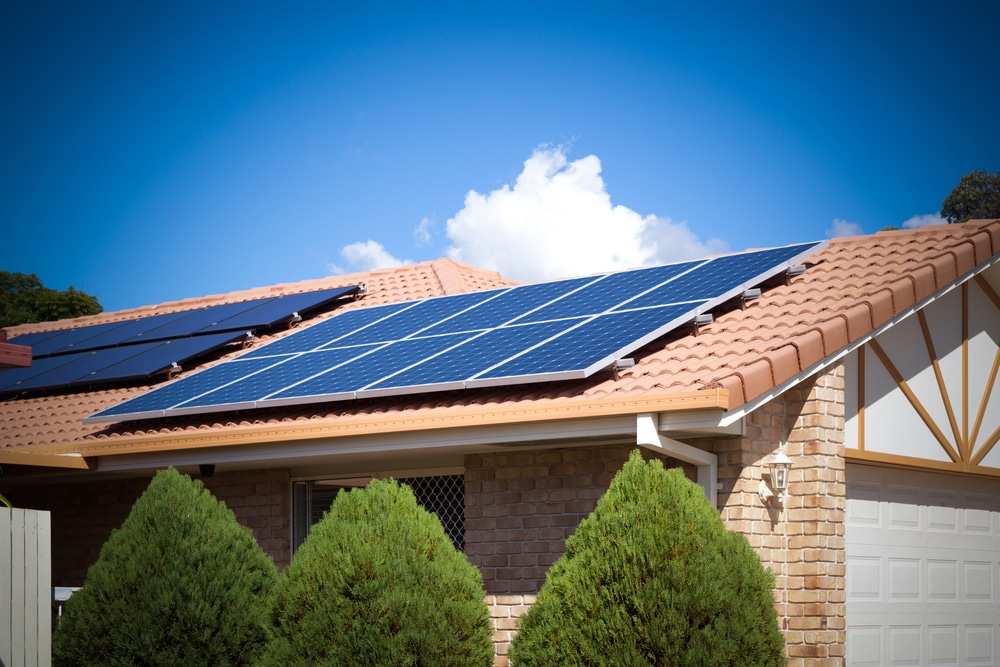
Ensuring your solar panels are compatible with your roof
Solar energy has become an increasingly popular way for homeowners to reduce their energy bills and environmental impact.
However, before you install solar panels, it’s essential to ensure they are compatible with your roof. This means considering factors like the angle, size, and orientation of your roof to determine the best placement and selection of different types.
The angle of the roof
The angle of your roof is an essential consideration when it comes to solar panel installation. Ideally, your roof should have a north-facing aspect, as this will provide the maximum exposure to the sun. However, not all roofs face north, and some may have an east or west-facing aspect. If your roof faces east or west, you may need to install additional panels to compensate for the reduced exposure to the sun. Solar panels should be installed in an area that receives direct sunlight for most of the day.
Size of the roof
The size of your roof is another critical factor to consider when installing solar panels in Australia. The more significant your roof, the more panels you can install, which will generate more electricity.
However, if your roof is small, you may need to install fewer panels, or you may need to consider alternative options like ground-mounted panels.
Orientation of the roof
The orientation of your roof is also important when it comes to solar panel installation. The ideal orientation for solar panels is a roof that faces due north and has a pitch between 20 and 30 degrees.
However, if your roof has a different orientation, your solar panel installer may be able to adjust the angle of the panels to compensate for this.
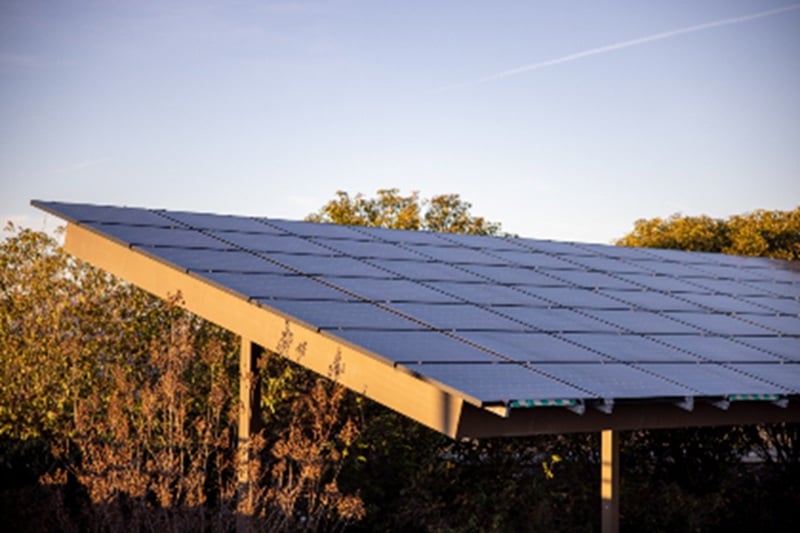
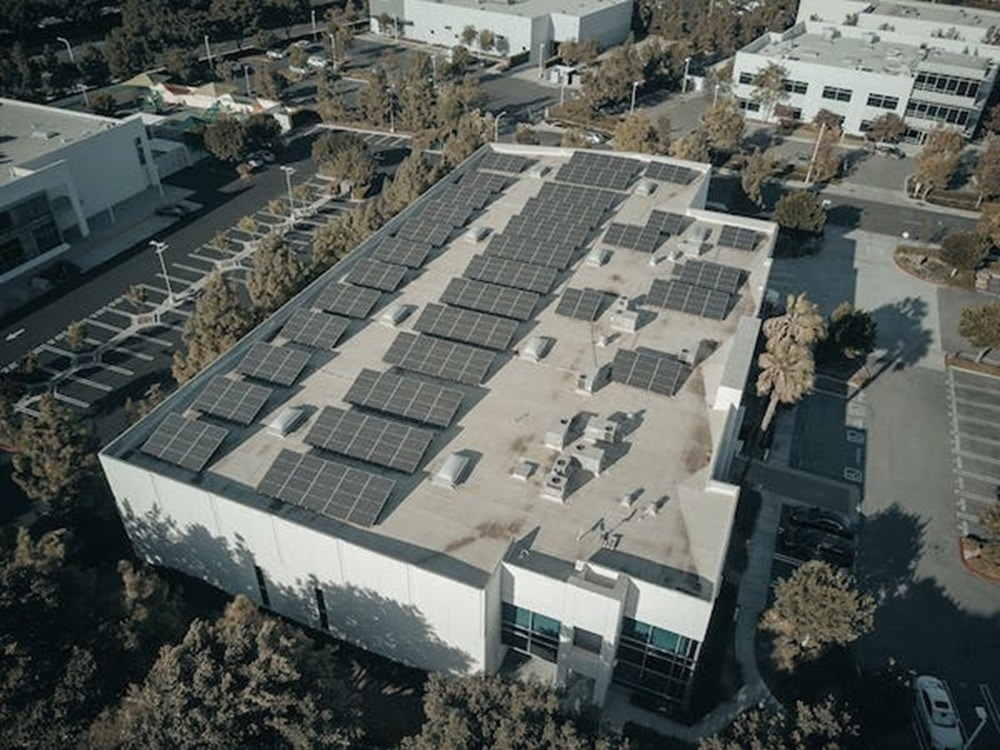
In Australia, there are several options for roof-mounted solar panel installations, including standard panels, thin-film panels, and building-integrated photovoltaics (BIPV). Standard panels are the most common type of panel, mounted on brackets fixed to the roof. Thin-film panels are lighter and more flexible than standard panels, making them suitable for roofs with irregular shapes or structures. BIPV panels are integrated into the roof, providing a more aesthetically pleasing look.
To ensure your panels are compatible with your roof, it’s essential to work with a qualified solar panel installer. They will be able to assess your roof’s angle, size, and orientation and recommend the best options for your specific needs.
Additionally, they will be able to advise you on the best type of solar system to use, taking into account your budget, energy needs, and aesthetic preferences.
By taking into account factors like the angle, size, and orientation of your roof, you can determine the best placement and selection of solar panels. Working with a qualified solar panel installer is essential to ensure you get the most out of your solar energy system.
Energy Matters has been a leader in the renewable energy industry since 2005 and has helped over 40,000 Australian households in their journey to energy independence.
Let us discuss and choose the best quote that suits your needs and budget, and we can connect you with our trusted local installers, who will provide up to 3 FREE quotes for your home and business solar energy system. Get your free quotes today!
How to set up solar panels?
Setting up solar panels in Australia is a great way to save money on electricity bills and reduce environmental impact. Here are a few steps on how to get started:
- Check if your home is suitable for solar panels: Your roof should have no shading from trees or other buildings. You will also need to ensure that your roof is in good condition, can support the weight of the panels and consider the factors mentioned above.
- Assess your needs: Determine your energy consumption by checking your recent electricity bills. This will help you choose the right size solar system for your home.
- Get quotes from multiple installers: Once you know your energy needs, get quotes from several solar installers in your area. Be sure to compare the size of the system, the brand of panels, the warranty, and the price.
- Choose an installer: Select a Clean Energy Council (CEC) approved installer with a good reputation and experience installing PV panels in your area.
- Apply for rebates: The Australian government offers a number of rebates and incentives to help you save money on solar panels. Be sure to check with your state or territory government for more information.
- Schedule the installation: Once you have chosen an installer and applied for rebates, schedule the installation of your panels. The installation process typically takes one to two days.
How many solar panels do I need to run my house in Australia?
The number of solar panels you need to run your house in Australia depends on several factors, including your location, household energy consumption, and desired level of self-sufficiency. In general, a typical Australian small home with a 4kW solar system can generate enough electricity to cover most of its daytime needs.
However, conducting a thorough solar assessment is crucial to determine the optimal system size for your specific requirements. This assessment will consider factors like your roof size, sun exposure, hot water usage, and energy efficiency measures in place to give you an accurate estimate of your solar panel needs.
If you want to learn about solar battery installation and find out how big your solar system is with battery storage, our solar power and battery storage calculator is simple!
Just enter your postcode and average daily power consumption in kWh. The solar calculator will generate performance information and potential savings. We can send this information to 3 trusted local installers in your area to receive obligation-free solar quotes.
How much do solar panels cost?
The cost of solar panels depends on a number of factors. Generally speaking, in relation to modules suitable for use on a home grid connect system installation, they cost a few hundred dollars each with subsidies taken into consideration.
The cost of a solar panel is determined in part by the following:
- It’s capacity (in Watts),
- physical size,
- brand,
- quality of materials,
- durability/longevity (or warranty period)
- and any certifications the solar panel might have.
Your price will also depend on the number of panels installed in a package if you buy a full solar system. The more modules in the system, the lower the cost per panel unit.
However, choosing panels on price alone is not wise. What you select may not fit the area in which you wish to install it, or the brand/model may not have the necessary certifications to qualify for government rebates.
The modules may not provide the best performance to help ensure economic payback of the power produced. Or perhaps there is no solid warranty from a well-established company.
The cost of solar panels in Australia varies depending on the system size and quality but generally falls between $3,500 and $12,500 or more. Remember, these are estimates, and it’s crucial to compare quotes from multiple installers to get the best deal for your specific needs.
How much do solar panels cost in NSW?
The cost of solar panels in New South Wales, Australia, can vary depending on the size and type of system you choose, but generally falls within the range of $3,700 to $8,500 for a typical 3kW to 10kW system. This is after considering the Small-scale Technology Certificate (STC) rebate, a government incentive significantly reducing the upfront cost.
Additional factors like roof type, inverter brand, and installation complexity can influence the final price. It’s recommended to compare quotes from multiple reputable installers to get the best deal for your specific needs. Understanding the cost of solar panels in NSW can help you make an informed decision.
How much do solar panels cost in VIC?
The cost of solar panels in Victoria, Australia, varies depending on the system size and quality of components. A typical 6.6kW system, suitable for many households, can range from $4,000 to $9,100 before rebates.
However, government incentives like the Small-scale Technology Certificates (STCs) and the Victorian Solar Home Program rebate can significantly reduce the upfront cost, bringing it down to around $6,700 for a 6.6kW system.
Remember, this is just an estimate, and getting quotes from multiple reputable installers in your area is crucial for accurate pricing based on your specific needs and chosen equipment.
How much do solar panels cost in QLD?
The cost of installing solar panels in Queensland, Australia, can vary depending on several factors, but generally falls within a range of $5,000 to $15,000. This price includes the solar panels themselves, the inverter that converts DC power to AC, mounting hardware, and labour costs for installation. The size of your system, chosen brands, and specific features will all influence the final price.
However, Queensland offers government rebates that can significantly reduce the upfront cost, making solar power a more accessible investment for many homeowners.
How much do solar panels cost in SA?
The cost of solar panels in South Australia (SA) varies depending on system size and quality. Generally, it falls within the range of $3,500 to $12,500 or more for a typical 6.6kW system costing between $6,500 and $8,500 after applying the Small-scale Technology Certificates (STCs) discount.
While lower prices might be available, prioritising reliable and long-lasting installations is crucial. Factors like brand, efficiency, and additional features like battery storage can also influence the final cost. It’s recommended to compare quotes from multiple reputable installers to find the best value for your specific needs.
How much do solar panels cost in WA?
The cost of solar panels in Western Australia (WA) varies depending on system size and brand quality but generally falls within the range of $3,500 to $12,000 after factoring in government rebates.
A typical 6.6kW system, suitable for most households, averages around $6,000 to $8,500. Several factors influence the final price, including panel efficiency, inverter brand, and additional features like battery storage. Getting quotes from multiple installers and considering your specific energy needs is crucial for making an informed decision.
How much do solar panels cost in TAS?
The cost of solar panels in Tasmania can vary depending on the system size and specific components chosen. However, you can expect to pay between $4,900 and $12,400 for residential systems up to 10kW.
Smaller systems (3-4kW) typically cost around $5,000, medium systems (5-6kW) are priced around $6,500, and larger systems (7-10kW) can reach closer to $10,000. It’s important to note that these are estimates, and the actual cost can be influenced by factors like brand, efficiency, and additional features like battery storage. To get the most accurate quote, comparing prices from multiple reputable solar installers in your area is recommended.
How much do solar panels cost in NT?
The cost of solar panels in the Northern Territory, Australia, can vary depending on the system size and chosen installer. Based on recent data, a typical 6.6kW system, suitable for many households, ranges from $5,300 to $14,060 after applying for the Small-scale Technology Certificates (STCs) rebate.
This price range reflects the higher installation costs in the NT compared to other states. Factors like brand, efficiency, and additional features can influence the final price. It’s crucial to compare quotes from multiple reputable installers to find the best value for your needs.
How much do solar panels cost in ACT?
The cost of solar panels in ACT, Australia, varies depending on system size, brand quality, and installer chosen but generally falls within the range of $3,000 to $12,500 or more in Canberra.
However, a typical 6kW system, suitable for most households, can range from $6,500 to $8,500 after factoring in the Small-scale Technology Certificate (STC) rebate. This translates to a cost per watt of around $1.84, slightly higher than the national average due to ACT’s specific rebate structure.
Read more about How Much Do Solar Panels Cost in Australia?
How to choose solar panels?
To find out the best solar panels available in Australia, you should know the different tiers manufacturers are categorised in that determine the quality of the panels they sell.
In addition, we will also talk about the cost. This will give you a general idea to guide you in setting a budget for your solar system.
3 tiers of solar panel quality
In addition to cost, when choosing the best solar panel for your installation, it’s important to consider its manufacture and materials used.
There are three tiers of manufacturer quality and Energy Matters only supplies PV panels from the first tier.
Tier 1 solar panels Australia
Tier 1 solar PV panel manufacturers represent the top 2% of the industry. They are vertically integrated, meaning they control the entire manufacturing process, invest heavily in research and development, use advanced robotic processes, and have over five years of experience. Tier 1 producers utilise the purest silicon to produce solar cells, resulting in longer-lasting and more efficient solar panels.
REC Solar, LONGi, and SunPower are examples of Tier 1 manufacturers recommended by Energy Matters. However, not all companies claiming to be Tier 1 meet the same standards. Quality can vary greatly, so it’s important to conduct thorough due diligence when selecting solar panels for your needs.
Tier 2 solar panels Australia
Tier 2 includes companies who invest less in research and development, are reliant on both robotic and manual assembly on production lines and have often been in PV module manufacture for 2 – 5 years. These Tier 2 manufacturers can produce good panels at good prices, but it can be a hit and miss affair.
Tier 3 solar panels Australia
Tier 3 encompasses 90% of new solar PV manufacturers. These companies assemble panels only. They usually don’t manufacture their cells and don’t invest in research and development.
While often available at a cheaper price, Tier 3 manufacturers use human production lines for manual soldering of solar cells. This often isn’t the best approach as quality can vary from operator to operator and day to day. A Tier 3 solar panel in Australia may in the long run cost you much more in terms of reliability and electricity output.
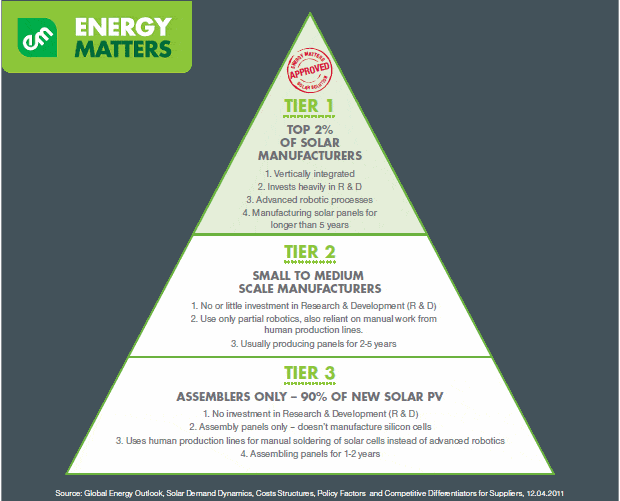
Source: Solar Demand Dynamics, Cost Structures, Policy Factors, and Competitive Differentiators for Suppliers: Market Analysis and Forecasts (Pike Research) 12.04.2011
How many solar panels does a 6.6 kW solar system have?
This is just an estimate, and the exact number of panels in a 6.6 kW solar system can vary depending on the specific make and model of panels used, as their individual wattage output can differ.
However, as a general estimate, a 6.6 kW system in Australia typically requires between 20 and 24 solar panels. This variation is due to the differing wattages of panels, with higher-wattage panels needing fewer units to reach the desired system capacity.
How much should you pay for a 6.6 kW solar system?
The cost of a 6.6 kW solar system in Australia can vary depending on several factors, including the quality of components, system size, location, and additional features like battery storage.
Expect a range of $5,500 to $9,000 for a good quality system with reputable installation after considering government rebates. To get an accurate estimate for your specific needs, it’s crucial to obtain quotes from multiple qualified solar installers in your area.
How much does it cost to install a 10kW solar panel system?
The cost of installing a 10kW solar system in Australia typically ranges from $8,500 to $13,000, after accounting for the federal Small-scale Technology Certificates (STCs) rebate.
This price variation depends on factors like the quality of components, installer experience, and your specific location. Including battery storage can significantly increase the cost, reaching around $20,000 to $26,000 for a complete 10kW system with battery backup.
Panel cost vs. value - other factors
Considering that not all module manufacturers are equal, the solar panel price is just one aspect to consider. There are various factors beyond solar panels cost that should influence your purchase decision.
Solar panel Australia shopping checklist
| Points to consider when choosing the best PV panel brands in Australia today. | ||
| ✔ | Efficiency: | The efficiency of a solar panel refers to how much sunlight it converts into electricity. Panels with higher efficiency will generate more power, even in low-light conditions. |
| ✔ | Warranty: | A good warranty will protect you in case of defects or performance issues. Look for a warranty that covers at least 25 years. |
| ✔ | Durability: | The panels must withstand the harsh Australian climate, including extreme heat and UV radiation. Choose panels made from durable materials with a good track record of performance. |
| ✔ | Price: | It can range from a few hundred to several thousand dollars per panel. It’s important to find a balance between quality and affordability. |
| ✔ | Brand reputation: | Choose a reputable solar panel brand with a good track record of customer satisfaction. |
| ✔ | Tolerance: | This is the range a panel will either exceed or not meet its rated power. For example, a solar module you purchase may have a ‘nameplate’ wattage of 200W. However, due to quality control issues, the output in ideal conditions may in reality only be 195W. A positive tolerance rating means the module will not only generate 200 watts, but perhaps more under standard testing conditions. |
| ✔ | Temperature co-efficient: | The temperature co-efficient rating is important to determine the impact heat has on a solar panel’s operation after installation. The lower the percentage per degree Celsius, the better. The price of a module with low temperature co-efficiency can be a little more, but in Australia’s often hot conditions, a little extra cost can be worth it. |
| ✔ | Conversion efficiency: | The efficiency of how a panel converts light into electrical energy will determine how much power your system generates. If two photovoltaic panels cost the same, but one has a higher conversion efficiency, then that module provides the better value for money. That is assuming the claimed efficiencies are correct. |
| ✔ | PID resistance: | PID stands for potential-induced degradation. Caused by stray currents triggered by certain climate conditions, the phenomenon can cause substantial power loss. Good solar panels will display little or no PID. |
| ✔ | LID resistance: | LID stands for Light induced degradation. This process occurs in the first few months after solar panels are installed. While this stabilises after a period, it can reduce the amount of power the module produces. A good PV panel in Australia will have little or no LID. |
| ✔ | Embodied energy: | Another important aspect to look at is the embodied energy of the solar panel. That is how energy intensive the production of the panel was and how quickly it will have paid itself back by producing more energy. Consider this aspect an environmental cost. |
| ✔ | Durability / Longevity / Warranty: | When investing in solar panels, it’s crucial to consider the durability, longevity, and warranty coverage provided by the manufacturer. Opt for reputable brands like REC Solar that offer a 25-year performance warranty, ensuring your panels can withstand harsh weather conditions and deliver consistent performance for many years. A comprehensive warranty will protect your investment in case of any defects or issues, providing peace of mind and ensuring the long-term viability of your solar energy system. Additionally, selecting a well-established manufacturer and an authorised installer will guarantee prompt and effective warranty service if needed. |
| ✔ | Size and watts capacity: | Determining your energy needs is crucial in selecting the right panels for your home. PV modules are priced based on their wattage capacity, with higher-wattage panels costing more. The size of a PV panel is also influenced by its wattage and the type of solar cells used. Ensure your system size can power your appliances and fits within the available installation area. Carefully consider future expansion plans to avoid premature replacement of existing panels. North-facing roof space is valuable for panels, so consider plans when installing panels. |
| ✔ | Types of solar cells used: | There are 3 main types of solar cells: monocrystalline silicon, polycrystalline silicon, and amorphous silicon. Monocrystalline silicon is the most efficient type of solar cell but is also the most expensive. Polycrystalline silicon is less efficient than monocrystalline silicon, but it is also less expensive. Amorphous silicon is the least efficient type of solar cell, but it is also the cheapest. The best type of solar cell for you will depend on your budget and needs. |
| ✔ | Prioritising factors: | When choosing solar panels in Australia, it’s important to prioritise your needs. For example, if you live in an area with high wind or snow, you may want to prioritise durability over efficiency. If you have a limited budget, you may need to prioritise price over efficiency. However, it’s important to remember that choosing lower quality solar panels may cost you more money in the long run. |
In summary, these are the major points besides costs you should consider when buying solar panels in Australia.
- Consider how the module is manufactured and the materials used.
- Carefully research how the solar panels perform in real-world situations and a detailed comparison of solar panels in Australia. This includes positive tolerance, temperature co-efficient rating, PID and LID resistance, prioritise factors and efficiency.
- Compare the warranty details of the solar panels you are considering buying.
- Learn more about the company that manufactures the modules
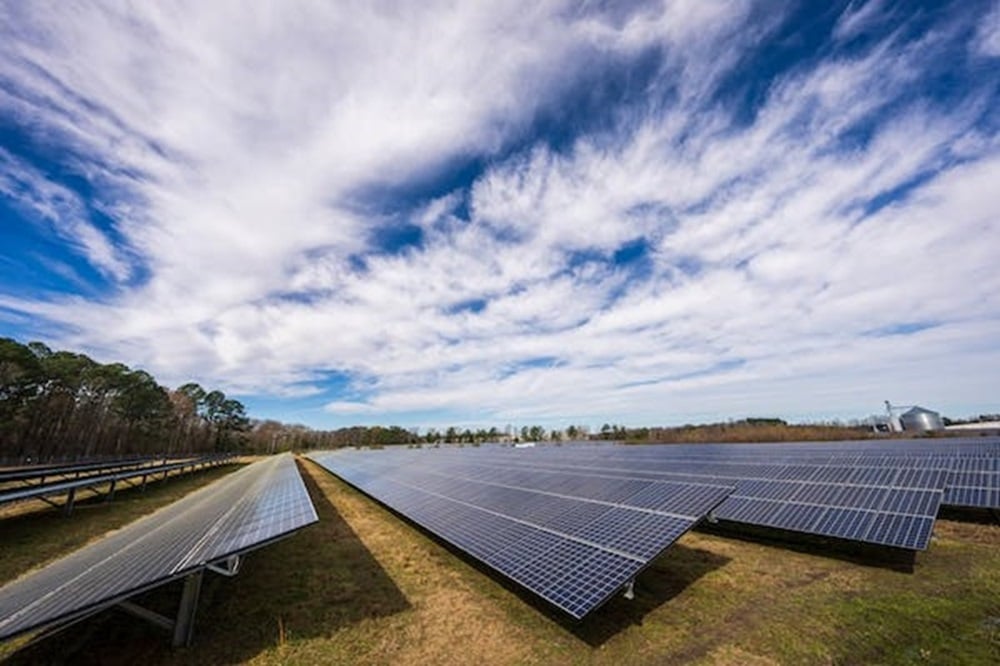
Questions? Contact our team of friendly experts for free, no-obligation advice on the best solar panels and full systems for your circumstances. You can also generate a quick solar quote or view our current system specials.
Find more information about other areas solar panels Brisbane, solar panels Melbourne, solar panels Sydney, and solar panels Adelaide.
Recent Solar Panel Blogs
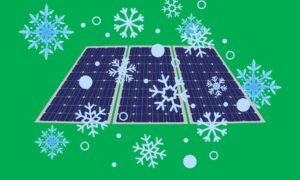
The Winter Dip: Planning Ahead for Solar Slumps
Winter brings lower solar output — but with the right strategy, it doesn’t have to mean higher bills. This blog breaks down how to plan for seasonal dips using smarter storage, usage timing, and monitoring tools.
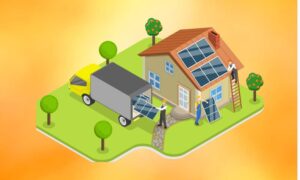
Why Summer Isn’t Always Your Solar MVP
Summer might look like solar’s peak season, but extreme heat can actually reduce panel efficiency. This blog explains why cooler winter days sometimes deliver better results — and how to plan for it.
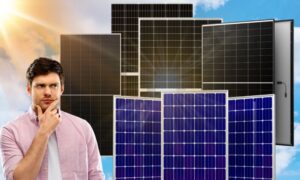
The True Cost of “Bargain” Solar Panels: Why Cheap Isn’t Always Cheaper
Concerned about cheap solar panels in Australia? Uncover the budget solar risks and learn how to make smart choices. Get the truth about low-cost solar in Australia and secure reliable energy. Discover more!









